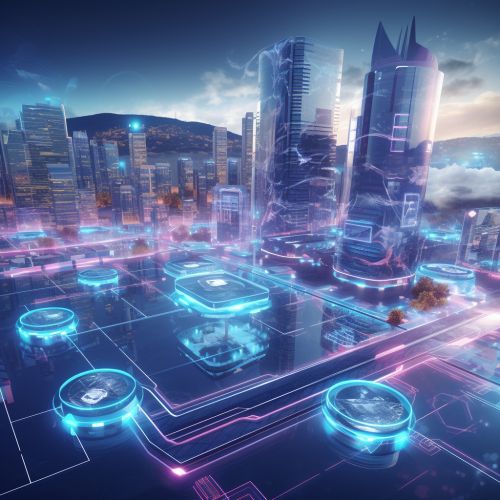Internet of Things
Introduction
The Internet of Things (IoT) is a system of interrelated computing devices, mechanical and digital machines, objects, animals or people that are provided with unique identifiers (UIDs) and the ability to transfer data over a network without requiring human-to-human or human-to-computer interaction.
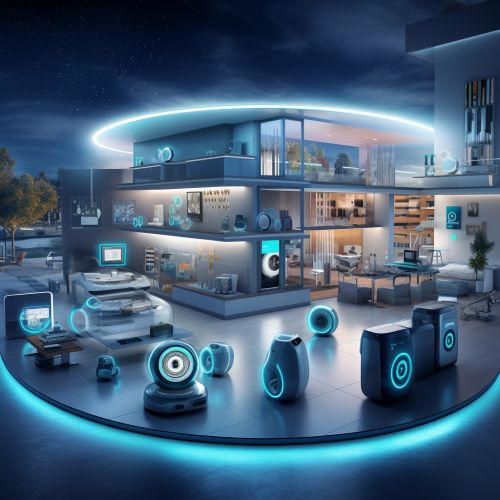

History
The concept of a network of smart devices was discussed as early as 1982, with a modified Coca Cola vending machine at Carnegie Mellon University becoming the first Internet-connected appliance. The term "Internet of Things" was coined by British technology pioneer Kevin Ashton in 1999.
Technology
The technology behind the Internet of Things is largely a combination of Wireless Sensor Networks (WSNs), control systems, and automation technologies, including the use of Artificial Intelligence (AI) and Machine Learning (ML).
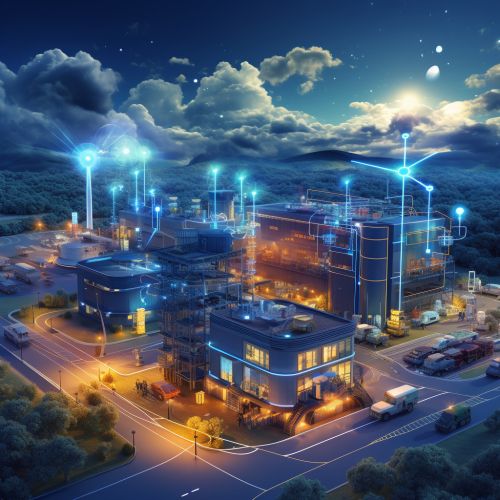
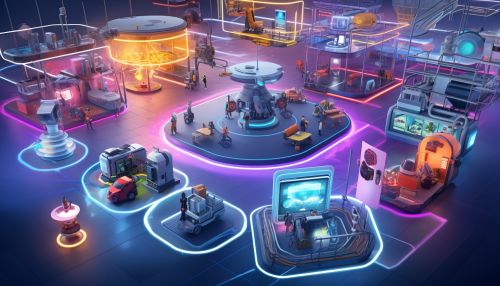
Applications
IoT has a wide range of applications, from consumer applications like smart homes and wearable technology to commercial applications in industries such as transportation, healthcare, and agriculture.
Consumer Applications
In the consumer market, IoT technology is most synonymous with products pertaining to the concept of the "smart home", covering devices and appliances (such as lighting fixtures, thermostats, home security systems, and cameras) that support one or more common ecosystems, and can be controlled via devices associated with that ecosystem, such as smartphones and smart speakers.
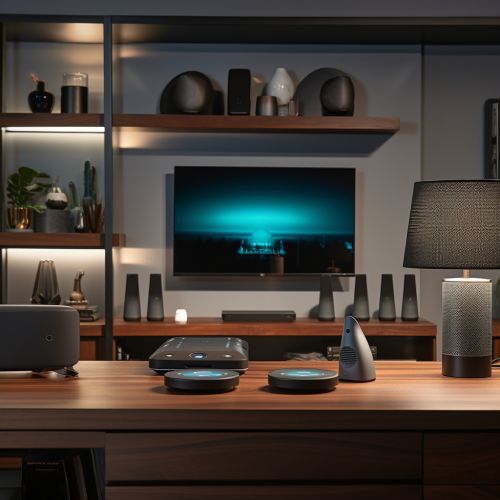

Industrial Applications
In the industrial sector, IoT can be used to enhance process efficiency and improve safety and quality. This includes Industrial Control Systems (ICS) and Supervisory Control and Data Acquisition (SCADA) systems.
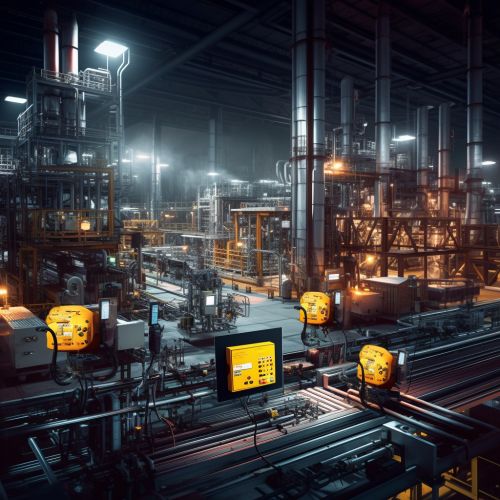

Security and Privacy
Security is one of the major issues in the Internet of Things. IoT devices are typically insecure due to their limited computational power and memory, making them easy targets for cyber attacks. Privacy is another major issue, as the proliferation of IoT devices has led to an unprecedented amount of data being collected and analyzed, often without the users' knowledge or consent.


Future Trends
The future of IoT is expected to involve more integration of AI and ML technologies, increased use of edge computing, and the development of new standards and regulations to address security and privacy concerns.
